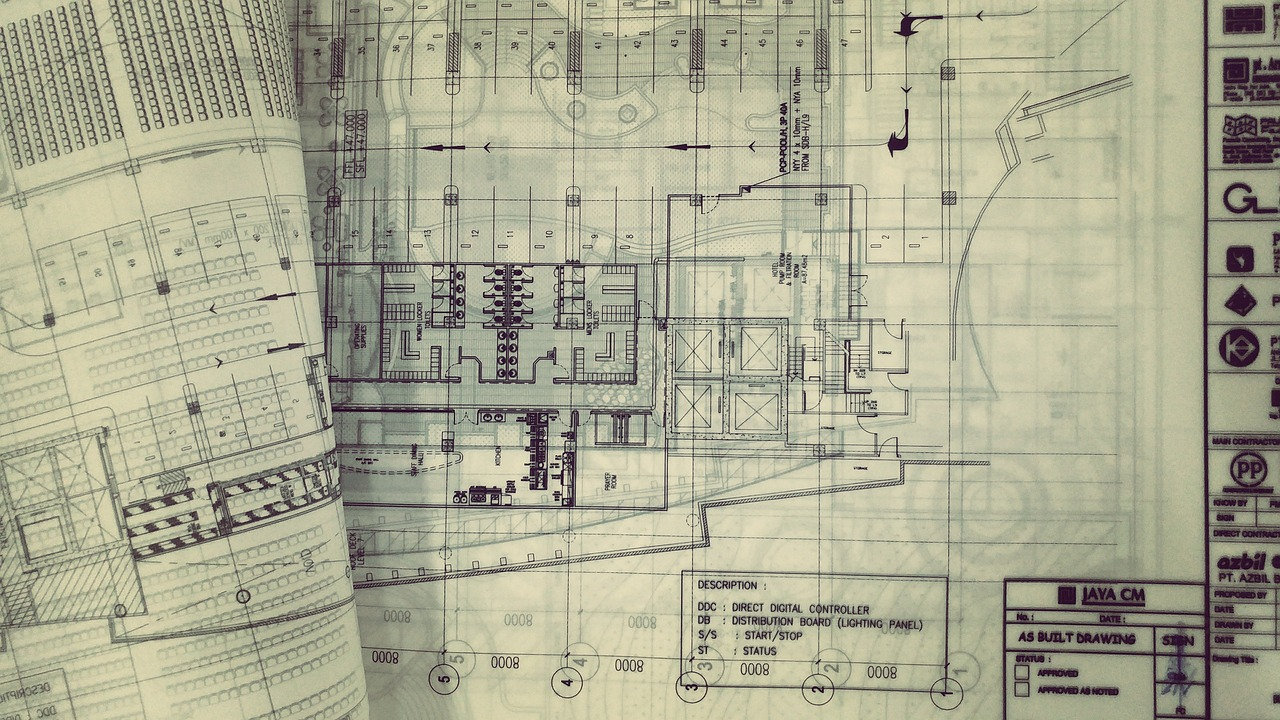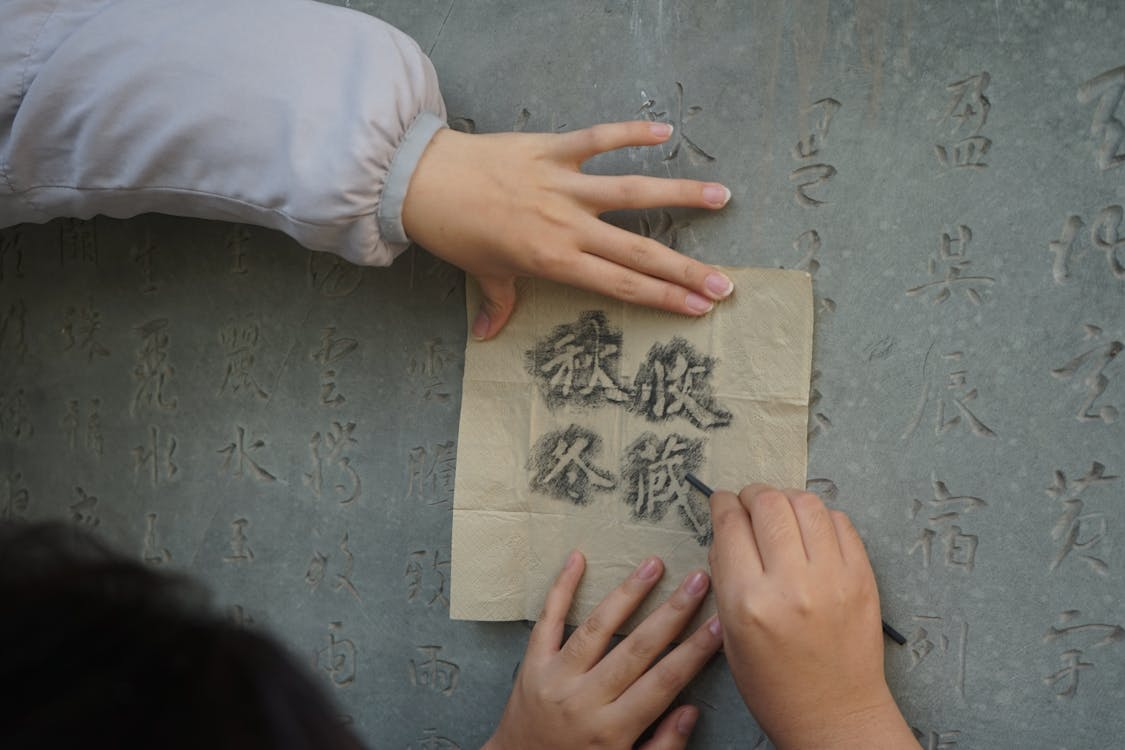The Versatile Uses Of Tracing Paper In Engineering, Architecture, Fashion, And Design

Tracing paper, with its translucent properties and smooth texture, has long been a staple in various creative and technical fields. From engineering and architecture to fashion design and graphic arts, tracing paper offers a multitude of applications that go beyond simple sketching and drafting.
What is Tracing Paper?
Tracing paper, also known as drafting paper or translucent paper, is a thin, semi-transparent sheet made from cellulose fibers.
It is typically manufactured using a process that renders it smooth, uniform, and translucent, allowing light to pass through while providing a suitable surface for drawing, drafting, and tracing.
Tracing paper is available at Dhara Papers in various weights, textures, and finishes to meet the specific needs of different applications.
Applications in Engineering
Technical Drawings: Tracing paper is commonly used for creating technical drawings, schematics, and diagrams in engineering disciplines such as mechanical, civil, and electrical engineering. Its smooth surface and transparency make it ideal for overlaying multiple layers of drawings to visualize complex systems and components.
Prototyping: Tracing paper is often used in the prototyping phase of engineering projects to create preliminary sketches and mock-ups of product designs. Its lightweight and flexible nature allows engineers to quickly iterate on design concepts and make revisions as needed before moving to the final production phase.
Engineering Graphics: Tracing paper is used to produce engineering graphics, including isometric and orthographic projections, geometric constructions, and scale drawings. Its translucency allows engineers to trace reference lines and measurements accurately, ensuring precision and accuracy in their designs.
Applications in Architecture
Architectural Sketching: Tracing paper is an essential tool for architects to sketch preliminary design concepts, floor plans, elevations, and sections. Its smooth surface and translucency enable architects to experiment with different ideas and visualize spatial relationships effectively.
Site Analysis: Tracing paper is used for site analysis and urban planning, allowing architects to overlay maps, aerial photographs, and zoning regulations to assess site conditions and constraints. Its transparency facilitates the identification of key features and the exploration of design possibilities.
Presentation Drawings: Tracing paper is often used to create presentation drawings for client meetings and design reviews. Its clean, professional appearance enhances the presentation of architectural concepts and allows for easy annotation and revision during discussions.
Applications in Fashion Design
Fashion Sketching: Tracing paper is used by fashion designers to sketch garment designs, fashion illustrations, and technical drawings. Its translucent quality allows designers to overlay multiple sketches and explore variations in silhouette, proportion, and detailing.
Patternmaking: Tracing paper is essential for creating and modifying garment patterns. Fashion designers use tracing paper to trace existing patterns, make alterations, and develop new designs. Its lightweight and durable nature makes it suitable for handling and storing pattern pieces.
Fabric Manipulation: Tracing paper is used for experimenting with fabric manipulation techniques such as pleating, draping, and gathering. Fashion designers use tracing paper to create prototypes and mock-ups of garment details and embellishments before translating them into fabric.
Applications in Graphic Design
Concept Development: Tracing paper is used by graphic designers to explore and develop visual concepts for branding, advertising, and marketing materials. Its transparency allows designers to layer drawings, images, and text to refine compositions and experiment with different design elements.
Typography: Tracing paper is used for hand-lettering and typography exercises, allowing graphic designers to practice letterforms, spacing, and composition. Its smooth surface and translucency provide an ideal substrate for tracing and refining typographic designs.
Storyboarding: Tracing paper is often used for storyboarding and sequential art, enabling graphic designers to plan and visualize narratives, animations, and comic strips. Its versatility allows designers to sketch and iterate on storyboard layouts quickly and efficiently.
Tracing paper may seem like a simple material, but its versatility and utility extend far beyond its modest appearance. Explore our range of paper products and start bringing your ideas to life with precision and clarity.
Whether you need paper bags, A4 copy papers, tracing paper, thermal rolls, wood-free paper, folio paper, carbonless paper, duplex board, art papers, or other bulk commodity paper supplies in any finishes, qualities, and sizes, choose Dhara Paper to make a positive impact on the planet while achieving outstanding results.
Order now to discover the endless possibilities with top-notch paper supplies across the UAE.



